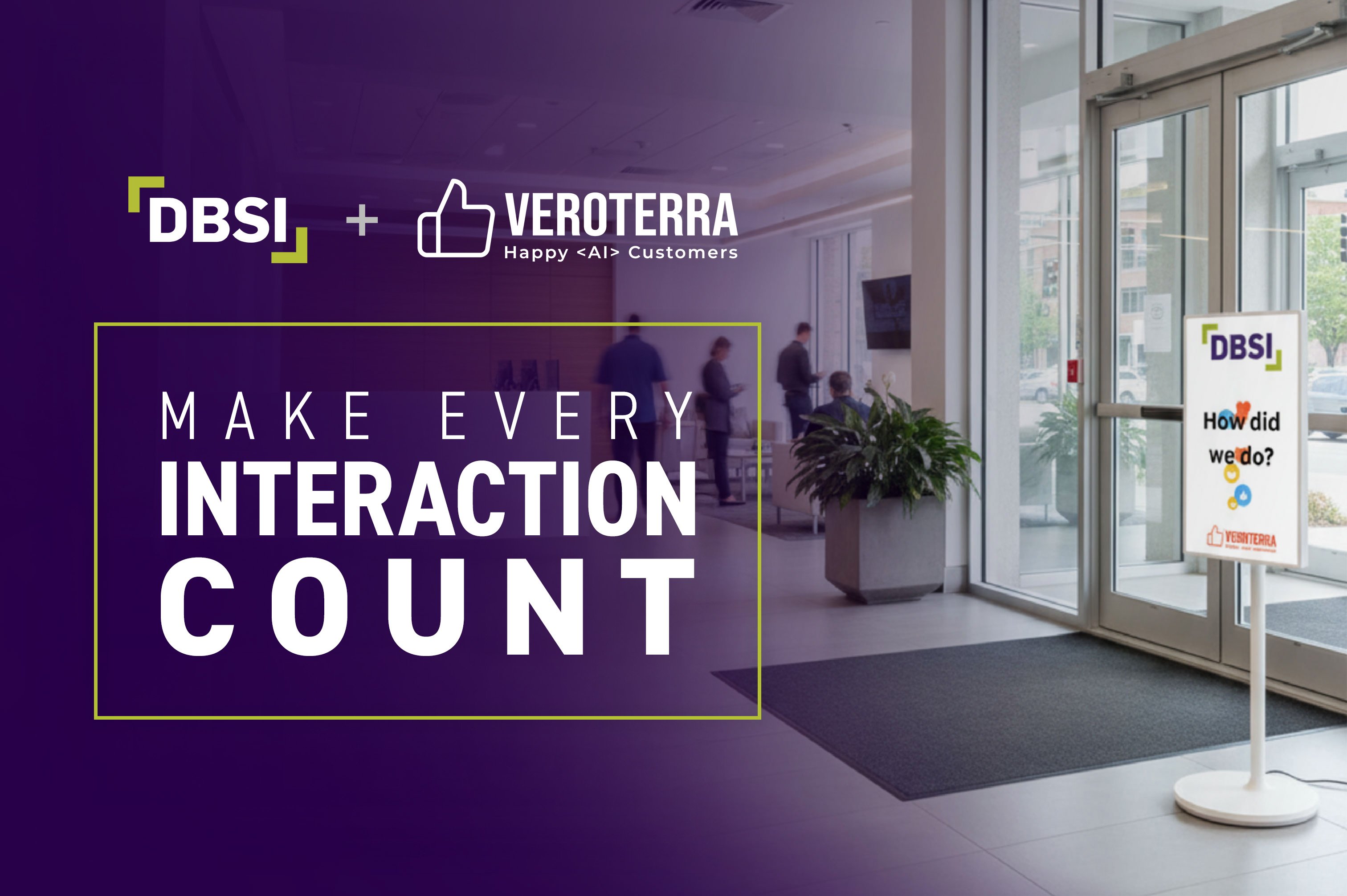4 min read
Inside the New Financial Institution Workspace Driven by the Workforce of Tomorrow
 Corde Kurtz
:
Nov 30, 2023
Corde Kurtz
:
Nov 30, 2023

With advanced digital technology skills and a desire for work-life balance, Gen Z and millennials are poised to reshape the future of work—both in the branch and beyond.
As baby boomers continue to exit the workforce and retire, the need for new talent at financial institutions is becoming more evident. But with different viewpoints than other generations in regard to employment expectations, what can financial institutions do to get Gen Z and millennials interested in banking careers?
Let's dive into the characteristics of Gen Z and millennials, how they view the workplace, and the ways workplace culture and physical space will need to change in order to accommodate these purpose-driven generations.
More About Gen Z and Millennials.jpg?width=600&height=400&name=TexasTechCU-07%20(1).jpg)
One thing is very clear about individuals born between 1980 and 2012: They are extremely tech savvy. Whether they’re working from their smartphones, buying products online, or chatting on social media, both Gen Z and millennials know digital devices well and spend significant time on them daily. And it stands to reason; they’ve been using devices like laptops, tablets, and cell phones since early childhood.
Aside from shared tech savviness, these two generations have characteristics that are important for any financial institution stakeholders to understand as hiring initiatives get underway. Consider the following:
Millennials. Born between 1980 and 1996, millennials represent over 72 million people in the U.S. and make up 35% of the current workforce. Reported to be of the least engaged (aka committed) generations in the workforce, six in ten millennials are open to new job opportunities and will leave an employer if the work doesn’t align with their personal values.
Overall, millennials desire work that feels purposeful and worthwhile. They support diversity, equity, and inclusion (DE&I) initiatives, appreciate flexible, hybrid, and remote work opportunities, and want career growth options that support their learning and development.
Gen Z. Born between 1997 and 2012, Gen Z represents 68 million individuals in the U.S. and will make up 30% of the workforce by 2030. Over half of individuals in this generation do not feel engaged in their occupations, and if they aren’t happy with their managers, they will seek other employment.
With ethics and work-life balance at the core of this generation’s belief system, it’s important for Gen Z to see employers taking DE&I initiatives seriously and that flexible, remote, and hybrid work options are available.
The Importance of Physical Space and Culture at Work
Whether it’s work or leisure, Gen Z and millennials like their experiences to be modern, personalized, and socially adaptive. This aligns with their awareness of technology and how accustomed they are to digital products built for ease of use and higher productivity.
All things considered, if a work environment is outdated and employee culture is undermined by biased and unethical hierarchies, it’s not surprising to hear these individuals will sometimes choose to seek out other employment.
Adapting Your Financial Institution for Gen Z and Millennials
Like many industries, the pandemic has had an adverse impact on banking and finance. In fact, the rapid shift to online and digital services during the height of COVID-19 shutdowns has played a significant role in financial institutions rethinking how their organizational structures and physical spaces should function in the long term. Since these circumstances align with the need to accommodate new generations of employees, now is the time to think about how to restructure your retail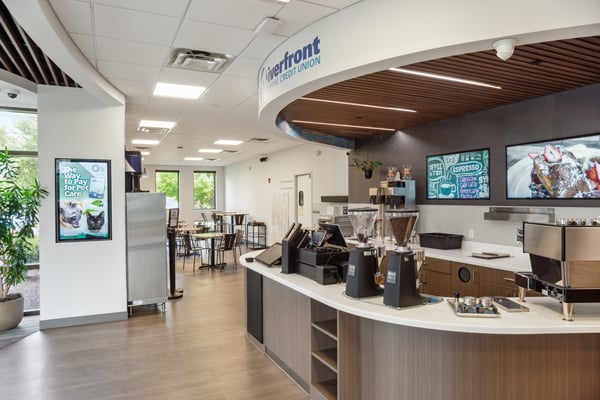 branches.
branches.
Here are some leading approaches to modernization today:
Convert to an Open Branch Floor Plan
With digital transactions now dominating the banking industry, upgrading branch bank design to accommodate an advisory-based operational model is a popular step toward modernization. Choosing an open floor plan is a good way to facilitate this, as it creates flexible spaces able to adapt to a financial institution’s changing organizational needs. Inefficient, outdated teller lines can be removed and replaced by mobile workstations equipped with Teller Cash Recyclers (TCRs). Closed off, uninviting waiting rooms can be replaced by educational areas equipped with interactive screens, coffee self-service spots, and other activity zones.
For Gen Z and millennials wanting to work in a retail bank or credit union, a branch with an open floor plan not only provides the modern look and feel they expect in a retail environment, but it also gives the impression of an adaptive environment able to accept new ideas and concepts. Additionally, if hybrid or flexible work arrangements are negotiated, an open floor plan can eliminate traditional workstation assignments and boost a more collaborative tone.
Add Digital Signage and Interactive Screens
Today, nearly all retailers use digital signage technology to promote their products and services plus improve their clients’ in-store experiences. Retail banks are similar, with 90% of all financial institutions leveraging digital signage in at least one of their branches according to DBSI’s 2022-23 Digital Canvas report. 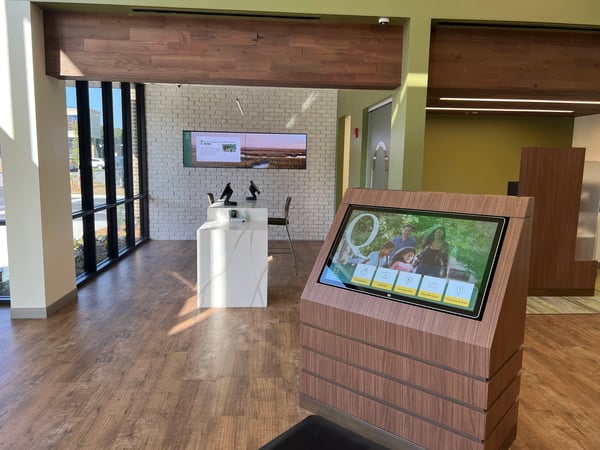
Adding digital signage and interactive screens to retail locations has an array of benefits, and for financial institution employees in particular, these technologies help promote advisory conversations, showcase products and services, and reduce clients’ perceived wait times. Content displayed on digital screens can also deliver important employee messages and announcements, celebrate occasions, and reinforce a financial institution’s vision and mission.
Having grown up in a world filled with digital screens and devices, Gen Z and millennials will likely expect this type of technology in a work environment—anything less might have them questioning a financial institution’s ability to stay competitive and maintain profitability.
Implement the Universal Associate Model
Although mobile and digital banking options abound in retail banking today, most clients still prefer to visit the branch for more in-depth and complicated transactions. And upon arrival, they expect personal service that makes them feel valued and reassured that their financial lives are in good hands.
The Universal Associate role is designed so an employee can interact with clients in an advisory manner and help them complete a variety of transactions. With responsibilities that go well beyond those of a traditional bank teller, a Universal Associate has the opportunity to earn a good salary, achieve higher job satisfaction, and pursue additional employment options. To a Gen Z or millennial employee candidate, this role can be a great introduction to the banking industry, giving them the personal interaction plus the pay and career advancement potential that they’re looking for.
Building the Workplace of Tomorrow
To attract Gen Z and millennials into the banking industry, financial institutions must be prepared to adapt to their needs, and reinventing the workplace through modern design, better technology, and progressive operational models are some of the best ways to go about it.
Ready to prepare your financial institution for the next generations of employees? Contact DBSI for a complimentary consultation today!
Together, let's bring the vision for your future to life!

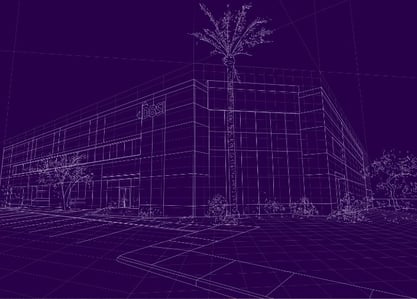












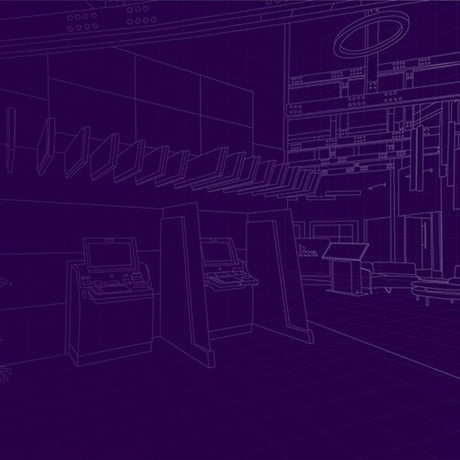


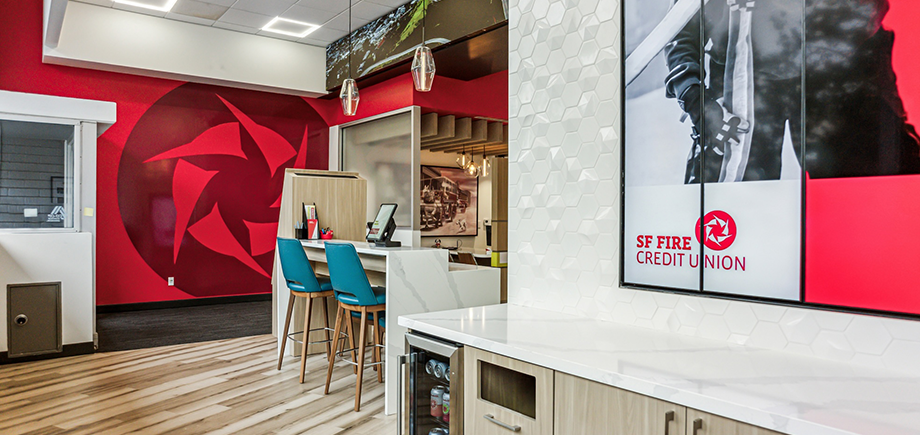
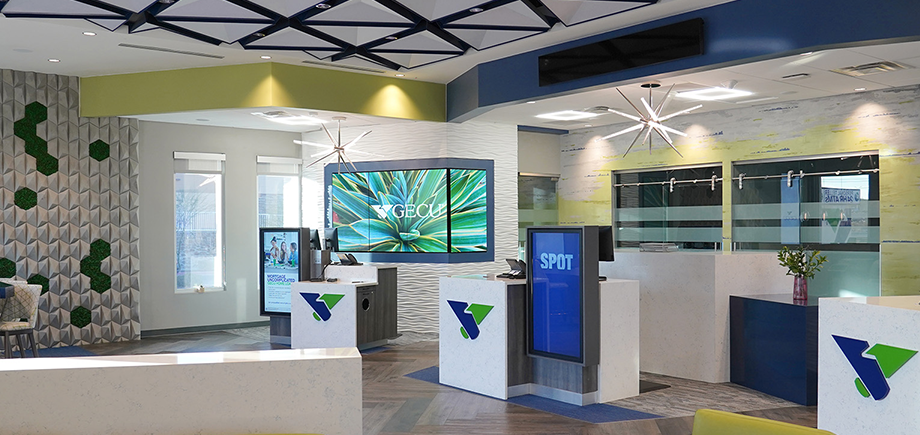





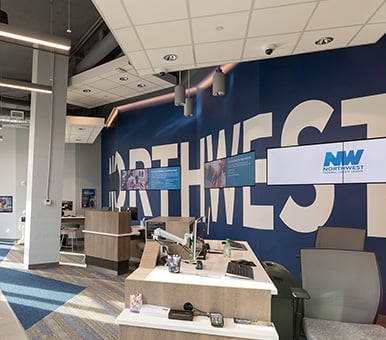







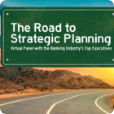
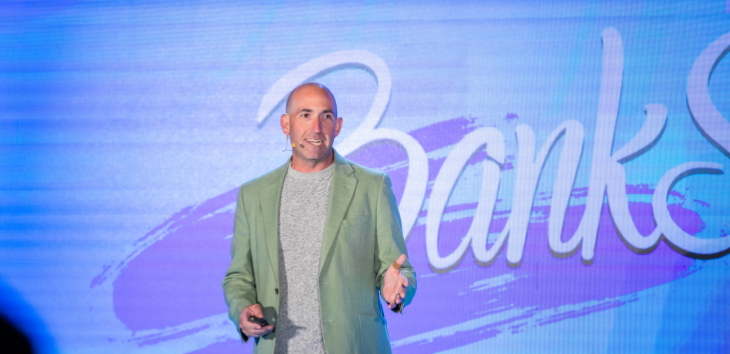

-1.png)
-4.png)
